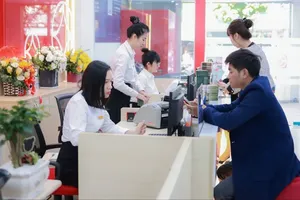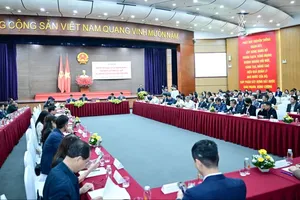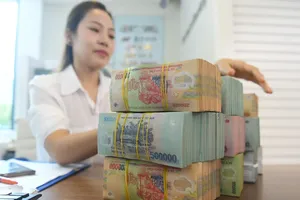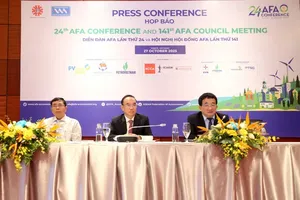
The event was organized by the Vietnam Trade Promotion Agency under the Ministry of Industry and Trade in a hybrid format connecting Vietnam’s trade offices abroad. Many enterprises expressed interest in seeking opportunities to expand their overseas investments.
According to the General Statistics Office, in the first nine months of 2025, Vietnam’s total overseas investment reached nearly US$847 million, a 4.5-fold increase compared to the same period last year, concentrated in food processing, logistics, and digital services. This is a signal that Vietnamese enterprises are not only exporting goods but also exporting production capacity, management expertise, and innovation, said Chairman of the Handicraft and Wood Industry Association of Ho Chi Minh City (HAWA), Phung Quoc Man.
Stavian Group is a notable example, operating 30 branches across more than 100 countries, with 2024 revenue exceeding US$3 billion. The company implements a “goods swap” model, importing raw materials and exporting finished products in return, creating a stable two-way trade flow. The company’s goal is not only to find markets but also to establish our position within the global supply chain,” said Nguyen Minh Tu, Vice Chairman of Stavian Group.
Similarly, Toan Phat Copper Tube Joint Stock Company exports to over 50 countries, generating annual revenue of VND3,500 billion (US$133 million). However, the company once lost market share in India due to an anti-subsidy investigation. If there were preferential credit mechanisms and cross-border legal support, Vietnamese enterprises would be more confident in expanding into new markets, suggested Bui Hong Anh, CEO of Toan Phat Copper Tube Joint Stock Company.
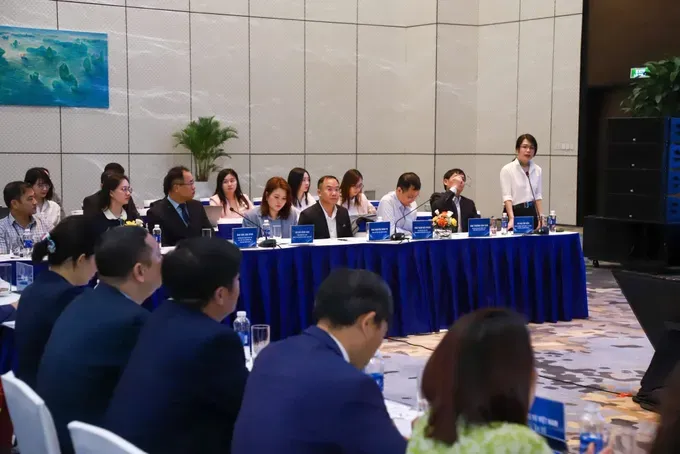
Many major Vietnamese technology and service companies, including FPT, Viettel, VinFast, Vinamilk, and TH True Milk, are also expanding their global investments. FPT Corporation alone now operates in 30 countries, while Viettel Group is present in 10 nations, serving over 140 million customers.
Many participants at the conference also pointed out that the biggest barriers do not lie in the capabilities of Vietnamese enterprises but in the supporting institutional framework. International investment credit mechanisms remain limited, guarantee and capital transfer procedures are complex, and market data is often fragmented.
Mr. Nguyen Minh Tu emphasized that Vietnam needs to select key industries and identify leading enterprises to drive the development of the entire satellite ecosystem. Additionally, he suggested establishing a fund to support overseas investment, combined with a national market research network to help businesses reduce risks.
In the textile and garment sector, Vice Chairman and Secretary General of the Vietnam Textile and Apparel Association (VITAS), Truong Van Cam, noted that many enterprises are capable of setting up factories in new markets but lack information on taxation, labor, and business culture. If there were a unified data-sharing mechanism from Vietnam’s trade offices, companies would be more confident in investing, especially when transitioning from contract manufacturing to building their own brands, he said.
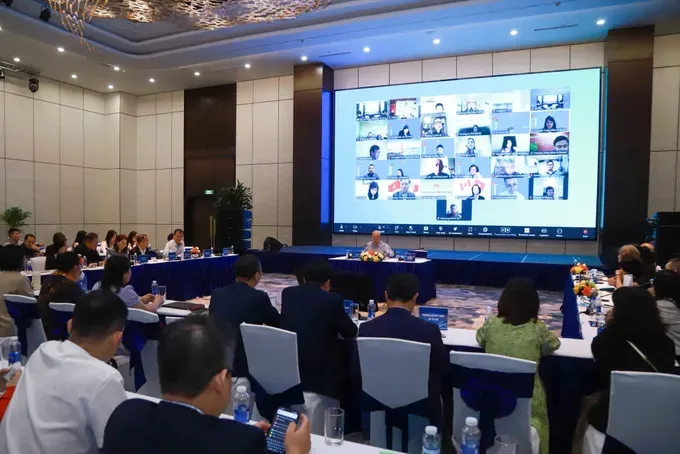
To venture into the global market, Vietnamese enterprises need a guide. If the Government selects the right leading companies, chain policies will activate the entire supporting industrial ecosystem,” Pham Hai Phong, representative of the Vietnam Association of Supporting Industries (VASI), added.
Deputy Director of the Planning and Finance Department at the Ministry of Industry and Trade, Mai Thu Hien, said that the ministry is implementing the “Expanding into International Markets” program under Resolution 68, aiming to build a force of globally capable enterprises and raise the private sector’s share of export value-added to 55–60 percent.
Concluding the conference, Mr. Vu Ba Phu, Director of the Vietnam Trade Promotion Agency, emphasized that the key is not how many enterprises go abroad, but having a system strong enough so they are not venturing alone. When policies, data, and credit are coordinated effectively, Vietnam’s private sector investment overseas will shift from being scattered to well-organized.

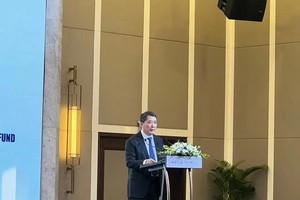


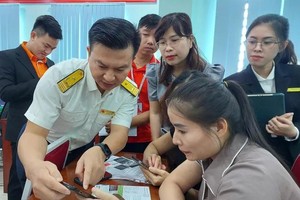

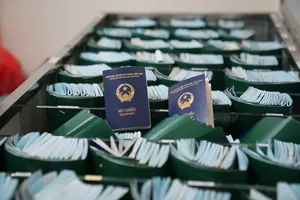
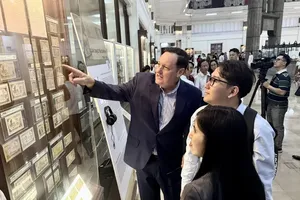


)
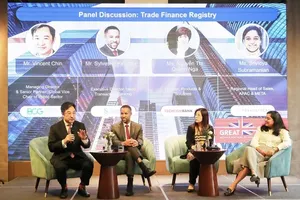
)


